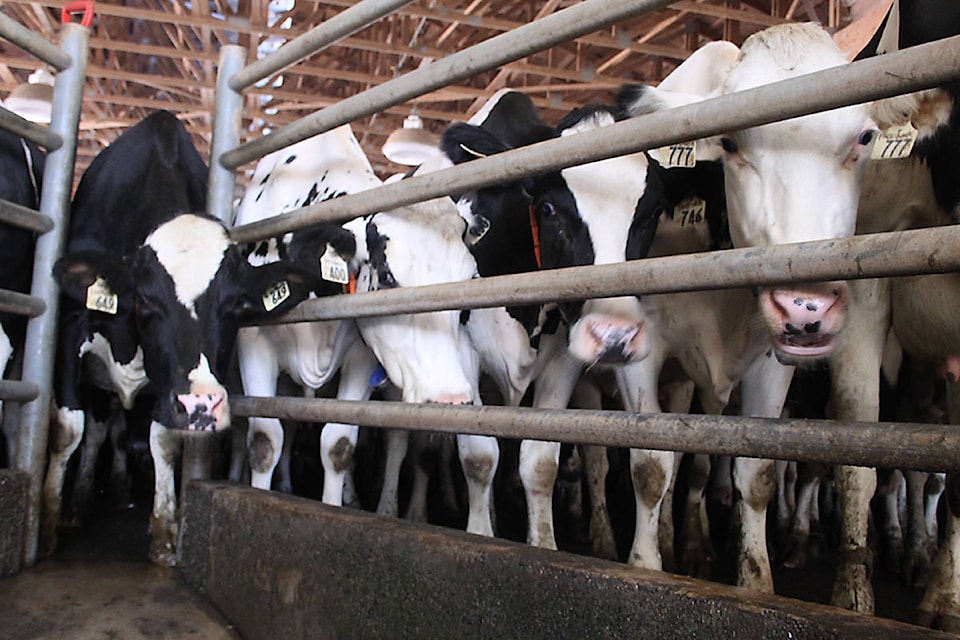With many concerns about concentrated feedlots and dairy operations, Ponoka County is hoping a few policy changes will help address them.
At its meeting April 10, county council approved a recommendation to have its planning consultant rework its Municipal Development Plan (MDP) as it is the only way to have the county’s concerns considered by the Natural Resources Conservation Board (NRCB). The motion came after an update with hopes that the county can have a say in confined feeding operation (CFO) applications.
Last month, CAO Charlie Cutforth met with NRCB officials where it was made clear the agency only looks at an MDP in its decision-making process and strictly follow the Agricultural Operation Practices Act (AOPA).
“Land use bylaws alone will not be considered when officers are looking at an application,” Cutforth explained, noting the large number of CFOs in a confined area of the county is the biggest issue at the moment.
“There must be a specific reference in the MDP. The suggestion was if there was a way to draft something into our document, there may be some hope.”
He added nuisance complaints or any affect on land market values have no bearing on a decision.
Standardizing CFO approvals
AOPA was first enacted 18 years ago by the province in an attempt to standardize the approval of CFOs, while also taking local politics out of the process, something that had become a headache for government.
CFOs became a topic back in January when a dairy farm application was denied by the NRCB, but only because it was within an exclusion zone outlined in the county’s MDP. Cutforth noted there are 14 current CFOs within a four-mile radius of that last applicant and 27 if one looks at a six-mile radius.
“The suggestion was we could create area structure plans (ASP) to preclude potential development especially around residential clusters, similar to the two-mile exclusion zones that are around Ponoka and Rimbey. Our MDP would then have to refer to those ASPs and the NRCB might consider that in any application,” Cutforth said.
“However, whatever we draft, we should get input from the NRCB prior to approval to see if it would be reasonable.”
While the concentration of CFOs is the main issue, how those operations manage their manure waste is in contention. A CFO only has to meet a minimum distance from the closest home and have enough listed land available for manure spreading to get approval in most cases.
That fact is something that Reeve Paul McLauchlin doesn’t care much for — calling this non-point source contamination a big problem.
“(CFO) practices are not even in the same ballpark as international management of such waste. This industry is exceeding everything and they all complain about oil and gas. Give me a break,” he said, noting the Battle River is already normally high in nutrients.
“It’s into the red every single year, so it’s already contaminated. No one else is allowed to release into a contaminated system, yet this specific industry is consistently allowed to do it. It makes no sense.”
Cutforth added the county was sent a copy of a letter to the province from the communities of Camrose, Wetaskiwin and Ponoka regarding higher — and expensive — rules on waste water treatment that may soon be coming.
“This letter talks about that point versus non-point source and the lack of regulation on non-point sources, especially on low flow water courses like the Battle River. The more stringent release terms will dramatically increase the cost of upgrades that they don’t have the resources to do,” he said, noting those cost increases range from $10 to $30 million on project that are already $30 to $45 million.
The letter also stated the municipalities have to comply, yet with zero regulation on non-point sources, which makes it unrealistic for them to carry the burden because of other forms of contamination.
No timeline was available on when changes to the MDP would be in front of council for approval.
